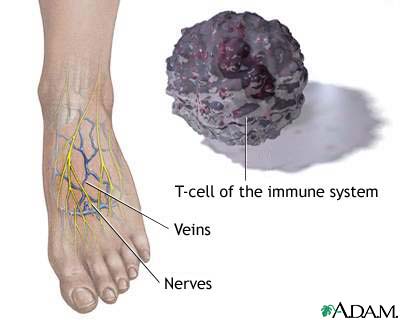 Blocking E. coli Bacteria Before they move In
Blocking E. coli Bacteria Before they move In
An Agricultural Research Service (ARS) scientist and his university colleagues have discovered a key gene and chemical interactions that allow Escherichia coli (E. coli) O157:H7 bacteria to colonize the gut of cattle. To proliferate, E. coli express genes differently based on their environment, such as outside the cattle host, inside the cattle rumen, or even at the end of the bovine GI tract. the researchers showed that "quorum sensing" chemicals called acyl-homoserine lactones (AHLs), which are produced by other bacteria, are present within the bovine rumen, but absent in other areas of the cattle GI tract. E. coli harbor a regulator called SdiA, which senses these AHLs and then prompts the E. coli to attach and colonize. Limiting production of the SdiA chemical, or blocking bacterial reception of the AHLs, may eventually lead to new strategies for keeping E. coli from attaching inside the animal.
Scientific contact: Thomas S. Edrington, (979) 260-3757, Food and Feed Safety Research Unit, ARS Southern Plains Agricultural Research Center, College Station, Texas.